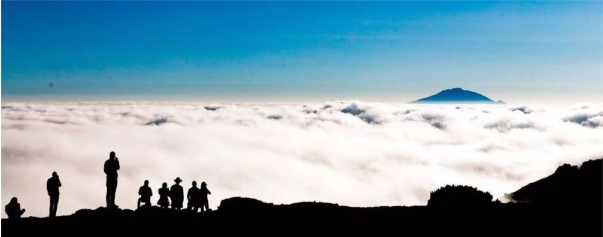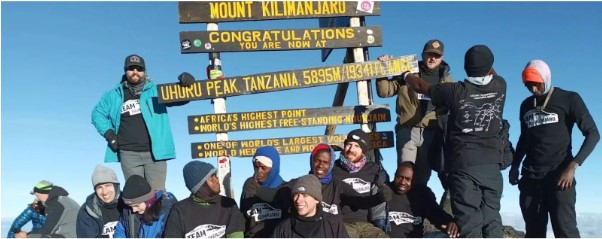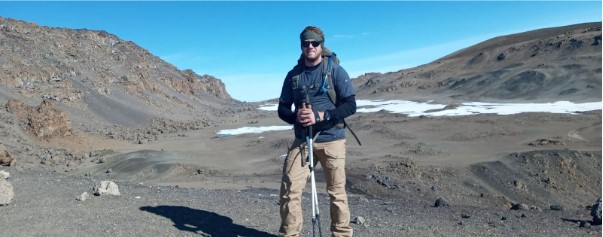Most people think of mountaineering as a contest of muscle and willpower — something far removed from boardrooms and business plans. In reality, the best mountain expeditions resemble successful startups: they depend on vision, preparation, and the humility to adapt when the weather turns.
The parallels are striking. Before a climber commits to a summit bid, the team studies every route option, allocates equipment, and sets fallback positions. Likewise, a founder must plan for turbulence — financial, logistical, or emotional — before it arrives. A well-prepared entrepreneur knows when to press toward the goal and when to pause to regroup.
Africa’s highest mountain has become a case study in this mindset. Those who climb with official Kilimanjaro climb experts often describe the experience as “strategic suffering” — voluntarily choosing a demanding path that yields perspective unavailable in comfort. Every decision on the mountain carries visible consequences: pack too heavy, and progress slows; ignore rest, and altitude punishes impatience.

The climb is a living MBA in resource management. It forces radical prioritisation: what truly matters, and what is dead weight? The same discipline applies in business when time, energy, and capital must all serve a single, clear objective.
But there’s another, quieter lesson. Success on Kilimanjaro — and in entrepreneurship — depends less on brute drive than on pacing. Those who learn to moderate their ambition, to walk steadily rather than sprint blindly, are the ones who endure. Understanding the Kilimanjaro climb cost becomes symbolic: not just the financial outlay for guides and permits, but the deeper investment of patience, humility, and trust in process.

At altitude, progress slows to the rhythm of breath. Each step affirms commitment. Entrepreneurs who internalise this cadence carry it back to their ventures: focus replaces frenzy, resilience replaces stress, and sustainable growth replaces burnout.
The mountain rewards those who respect its logic. So does life.

